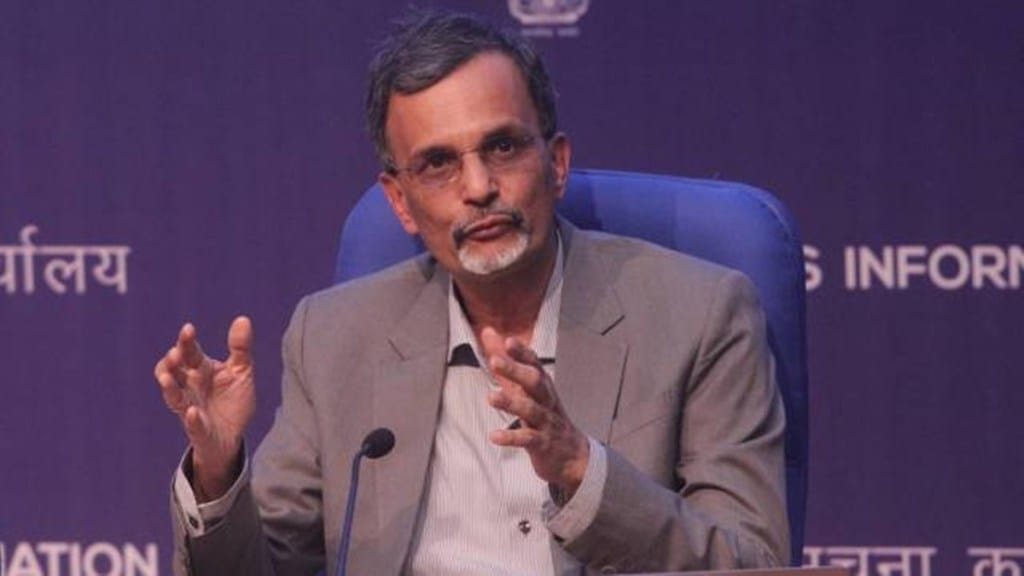Chief Economic Advisor V Anantha Nageswaran said that the real Gross Domestic Product (GDP) growth rebounded in the fiscal third quarter, primarily driven by uptick in exports. According to a flash on CNBC TV18, CEA Nageswaran said, “Real GDP growth rebounded in Q3FY25, with exports contributing significantly to the Indian economy’s output growth.”
He further maintained that the looming uncertainty due to the tariff announcement by US President Donald Trump require that the country does whatever possible to “sustain a mood of constructive optimism”. CEA Nageswaran said, “The current state of the world economy considering actions taken in last one month or so by various governments around the world, both initiated and response action from different countries, it is very clear that growth will come under pressure and therefore it is very incumbent on all of us to do whatever we can to sustain a mood of constructive optimism in the country.”
Earlier on February 28, India’s GDP growth rate for the third quarter of fiscal year stood at 6.2 per cent, according to government data. While the GDP growth slowed from 8.6 per cent on a year-on-year basis, on QoQ terms, it has gone up from 5.4 per cent recorded during Q2FY25. The sequential growth was on the back of increased government and consumer spending, data released by National Statistics Office (NSO), Ministry of Statistics & Programme Implementation (MoSPI) showed.
The government data stated that real GDP has been estimated to grow by 6.5 per cent in FY25 and nominal GDP is projected to report a growth rate of 9.9 per cent in the financial year. It further added that both the growth rates are revised upward from their respective First Advance Estimates. Per the First Revised Estimates, real GDP has grown by 9.2 per cent in FY24, which is highest in the previous 12 years except for the financial year 2021-22.
Going forward, according to an analysis report by Crisil, India’s economic growth is expected to be steady at 6.5 per cent in FY26, with expectations of a normal monsoon, softer commodity prices, and recovery in private consumption.
“Private consumption is expected to recover further, while investment growth hinges on private capex,” it said while adding that “emerging global risks from potential US tariff hikes are a downside risk for domestic growth”.
